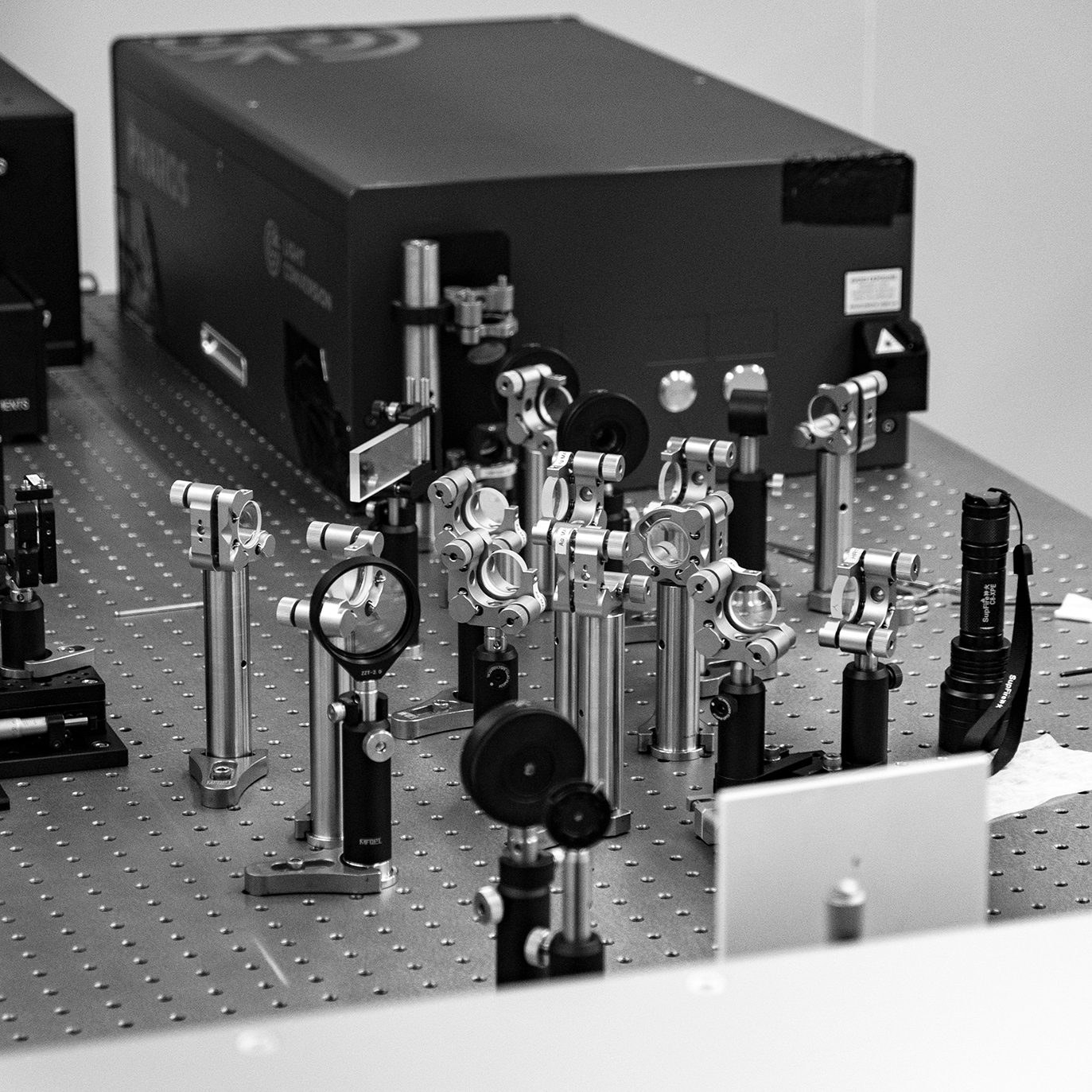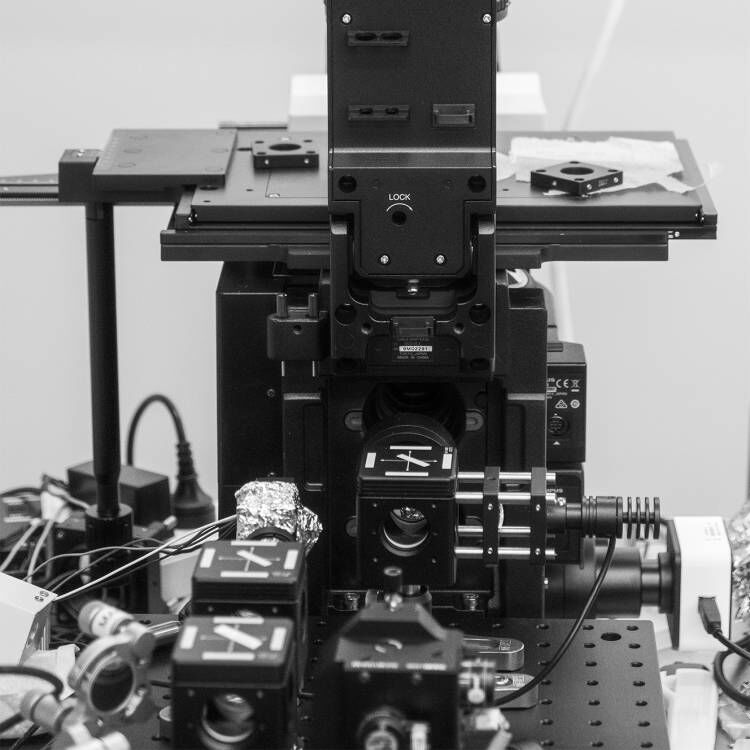What is Second Harmonic Generation?
Second Harmonic Generation (SHG) is a nonlinear optical process in which two photons with the same frequency combine in a nonlinear material, and generate a single photon with twice the energy, frequency, and half the wavelength of the original photons.
The process of SHG requires a material that lacks inversion symmetry, such as some crystals and molecules. In these materials, the electric field generated by the two photons can interact with the electrons in the material, producing a net polarization that oscillates at twice the frequency of the original photons. This oscillating polarization then radiates a photon at the second harmonic frequency.
SHG is used in various applications, such as laser frequency doubling, biomedical imaging, and materials characterization. It is a powerful tool for studying the properties of materials, and it provides a non-destructive way to probe the surface and interface of materials.
Can Second Harmonic Generation detect chirality?
Yes, Second Harmonic Generation (SHG) can detect chirality. Chirality refers to the property of molecules that are not superimposable on their mirror images. Since SHG is a sensitive probe of the symmetry of a material, it can detect the chirality of molecules by measuring the difference in SHG signal between a chiral molecule and its mirror image.
The SHG response of a chiral molecule is dependent on the orientation of the molecule with respect to the polarization of the incident light. In a mirror-image molecule, the orientation is reversed, which results in a change in the SHG response. By comparing the SHG response of a chiral molecule with that of its mirror image, it is possible to detect the molecule's chirality.
SHG has become a powerful technique for studying chiral structures in various fields, such as chemistry, biochemistry, and materials science. It has been used to study the chirality of molecules in solution, at interfaces, and in thin films, and it has the potential to provide a new approach for developing chiral sensors and devices.









